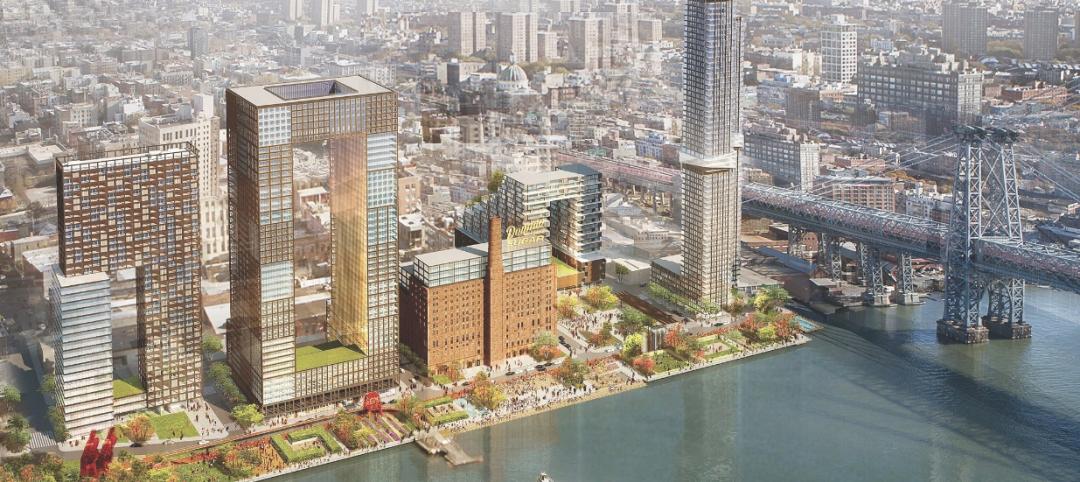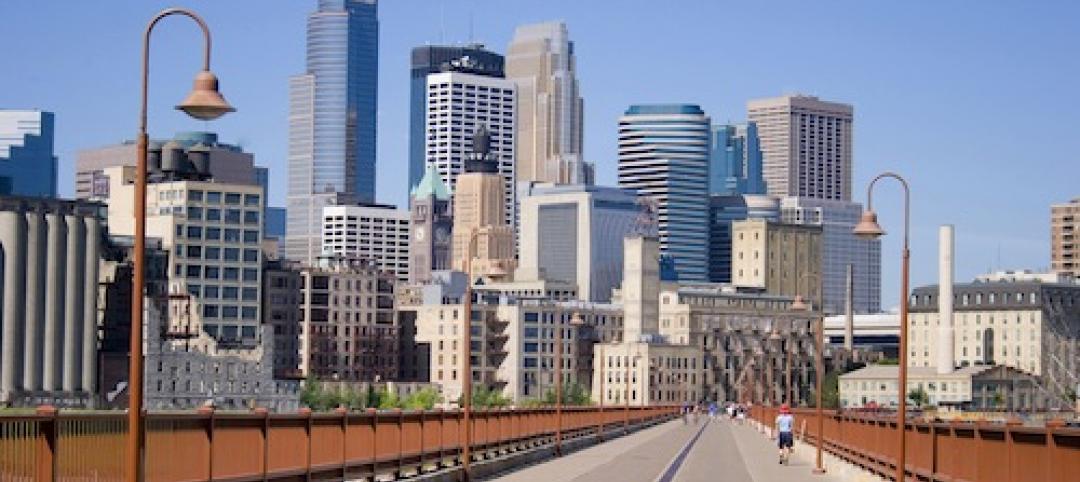City streets would be safer if their lane widths were reduced, according to a recent study.
The standard today in most U.S. cities is 12-foot-wide lanes. A paper to be presented at the Canadian Institute of Traffic Engineers annual conference by Dewan Masud Karim presents hard evidence that these lanes increase the safety risk on city streets when compared to those at about 10.5 feet in width.
Karim’s review of existing research and an examination of crash databases in Tokyo and Toronto took into consideration 260 randomly selected intersections in the two cities. He found that collision rates escalate as lane widths exceed about 10.5 feet.
Roads with lanes that are 12 feet or wider were associated with greater crash rates and higher impact speeds. In Toronto, where traffic lanes are typically wider than in Tokyo, the average crash impact speed is 34% higher, suggesting that wider lanes not only result in more crashes but in more severe crashes.
Crash rates rise as lanes become narrower than about 10 feet, though this does not take impact speeds and crash severity into account. The conclusion: There is a sweet spot for lane widths on city streets, between about 10 and 10.5 feet.
Related Stories
Smart Buildings | Apr 28, 2014
Cities Alive: Arup report examines latest trends in urban green spaces
From vertical farming to glowing trees (yes, glowing trees), Arup engineers imagine the future of green infrastructure in cities across the world.
Smart Buildings | Jan 7, 2014
9 mega redevelopments poised to transform the urban landscape
Slowed by the recession—and often by protracted negotiations—some big redevelopment plans are now moving ahead. Here’s a sampling of nine major mixed-use projects throughout the country.
Smart Buildings | Sep 13, 2013
Chicago latest U.S. city to mandate building energy benchmarking
The Windy City is the latest U.S. city to enact legislation that mandates building energy benchmarking and disclosure for owners of large commercial and residential buildings.
Smart Buildings | Feb 14, 2013
Minneapolis joins energy benchmarking trend for commercial buildings
Minneapolis is the latest major metro to require large commercial buildings to benchmark and disclose their energy and water use.









